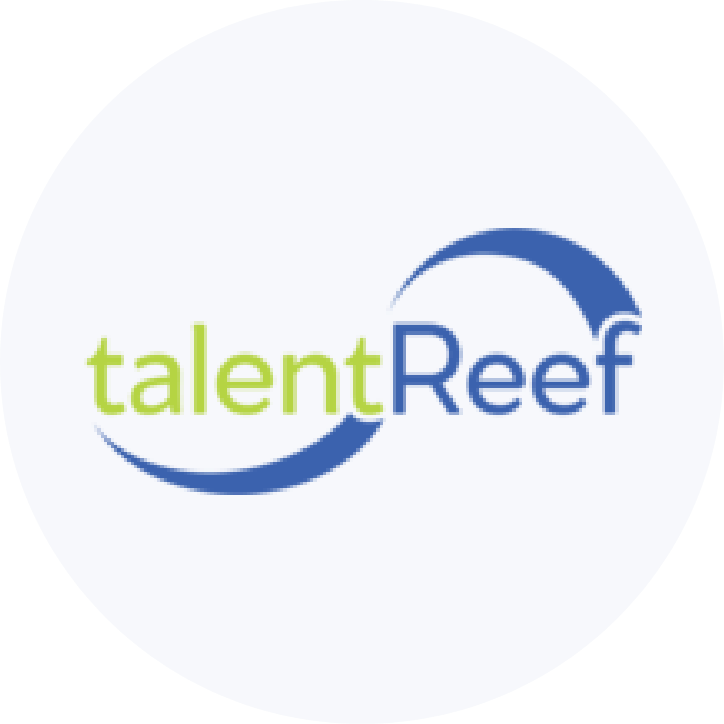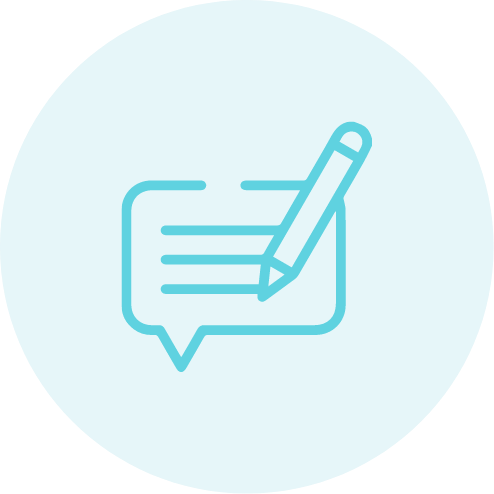Don’t let your new hires have a long, tedious gap between accepting a job offer and starting their new job. Instead, keep them engaged with news, interactions, onboarding processes, and more. See how to strengthen your pre-boarding process and learn why that’s so important.
What Does Pre-Boarding Mean?
Pre-boarding is the entire process from when a job candidate formally accepts a job offer to their first day on the job. This includes organizing paperwork, preparing the technology that your new employee will need on day one, and more. While some of these tasks may take place entirely during the pre-boarding stage (such as creating accounts in digital portals), a lot of the administrative work is best saved for the actual onboarding process — the period between day one of the employee’s new role and when training is complete.
Most businesses implicitly have a pre-boarding process that consists of having a new hire complete payroll forms or discussing when their first day will be. However, this isn’t engaging or personalized. And, if the gap between offer acceptance and their first day is too long, everyone’s excitement will wane.
Instead, your pre-boarding should focus on building engagement. Just because your new employee has accepted the offer doesn’t mean the hiring process is done. After all, they might still receive a better offer from a competing company and decide to accept that instead. The relationship also might sour due to bad press, poor communication, or simple disinterest. Some elements of pre-boarding you can add to your company’s process include:
- Scheduling a tour of the office
- Having a get-together with their new team
- Sending engaging documents about your benefits packages
- Maintaining consistent, two-way communication
Some of the key benefits of pre-boarding new hires before their first day include:
Building Connections
No one enjoys feeling like the new kid at school. If your new hire has only ever received impersonal emails from your HR department, they won’t know anyone. They’ll arrive on the first day feeling nervous rather than excited. However, a video meet and greet, lunch with their new team, or even some friendly emails can set the tone and ensure your new hire knows someone on their first day.
Gaining Momentum
According to Harvard Business Review, “Nearly 33% of new hires look for a new job within their first six months on the job.” That period includes the pre-boarding gap. By starting the onboarding process before new hires reach the office, you can keep your new hire’s attention and make them feel invested sooner.
Establishing Stronger Employee Experiences
A bland pre-boarding experience will cause you to lose employees being engaged by other businesses. But even if the direct risks seem negligible, it’s still a missed opportunity. Employees will remember how the pre-boarding and onboarding processes made them feel, and that’s going to affect their opinion of your company culture.
The pre-boarding process also affects your existing employees. If they feel involved in welcoming a new employee, whether it’s a team member or manager, they’ll build better connections.
How to Pre-Board New Hires
Once you know you want to strengthen your company’s pre-boarding practices, it’s all about building processes that work best for your organization. Make sure the pre-boarding journey includes these elements:
- A welcome celebration: This can be via email, phone, or (especially in today’s modern workplace) a video call. This should generate excitement and increase familiarity.
- All the information they need for onboarding: Payroll, benefits, security processes… All of this information should be given as clearly and succinctly as possible. After all, you don’t want to bog down your new hire with a bunch of unpaid work, but you want them to know all the perks of your organization.
- Send them communications about day-to-day happenings and major shifts in the organization: The sooner they feel like an informed member of the team, the better.
- Behind-the-scenes organization: New hire-facing onboarding isn’t all there is to the pre-boarding process. Make sure your teams are using the time gap wisely to get the new hire’s laptop, office space, and licenses ready to roll out. This will make day one feel less hectic and more professional, increasing overall engagement.
Pre-Onboarding Best Practices for Companies
If your company is growing, you don’t have time to build a completely customized pre-boarding experience for each employee. That takes too much time and might leave necessary to-do’s forgotten. Instead, focus on incorporating these best practices:
Have an Established Workflow
While you want to customize the experience, the process should be clear-cut. Create a numbered workflow so your HR department and hiring team can check tasks off the list and stay organized.
Make the Process (and the Records) Virtual
Even if your workplace is in-person, virtualizing the pre-boarding documents makes everything easier. Build your systems to accommodate digital PDFs and electronic signatures instead of physical ones.
Minimize Bottlenecks
Take stock of your entire pre-boarding process so every step runs smoothly from one step to the next without having to wait for signatures or processing. For example, you can start the longest pre-boarding task toward the beginning of the process.
Pre-boarding keeps your new hires engaged and makes day one a better experience for everyone. If you are looking to gain more new hires to your company, software tools may be your answer. These tools can help you manage the hiring process, have happier employees in the long run, and increase new hire retention.
Streamline the Hiring Process With Sprockets
At Sprockets, we found out that finding the right, long-term applicant started with the hiring process. So, we created a dedicated AI-powered platform that makes it possible for hiring managers to forecast the best fit for any job, saving them time and money. Take the hassle out of searching for the ideal applicant and sit back while our applicant matching software discovers them for you!






























